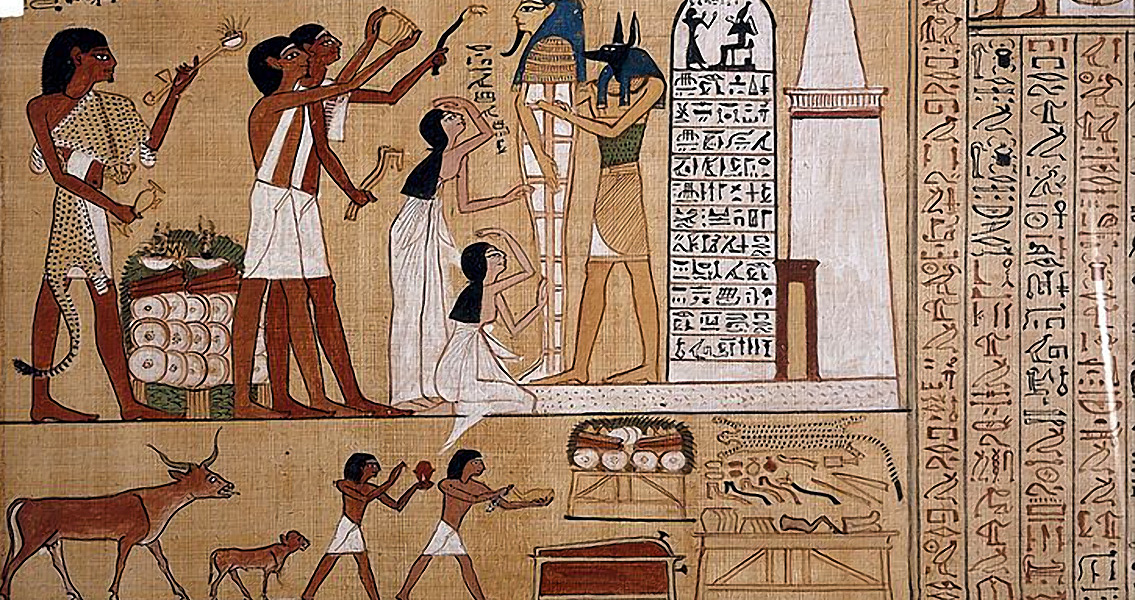<![CDATA[Two Swiss researchers from the Institute of Evolutionary Medicine have found what they claim is the first evidence of an actual physical opening of the mouth in Egyptian mummies. While science has long been aware of an opening of the mouth ceremony which took place when mummies were entombed, there was until now no evidence that an actual physical procedure took place. Roger Seiler and Frank Ruhli studied more than 151 samples, including 51 mummies which were part of the Swiss Mummy project and over a hundred skulls from the Anthropological Institute and Museum. In their paper, “The Opening of the Mouth – A New Perspective for an Ancient Egyptian Mummification Procedure”, they write that there is a wealth of references to the physical procedure in scientific literature but no physical evidence of it. Also, depictions of the process are scarce in Egyptian art. What the scientists did was examine the mummies for any traces of a forceful opening of the mouth, and then studied the literary records of the mummification of the bull Apis to gain insight into what this process entailed. Seiler and Ruhli found fractures and dislocations of the teeth in many of the mummies they studied, which suggested the opening of the mouth was indeed part of the mummification procedure, before the body was placed in its final resting place and the symbolic opening of the mouth was performed. Based on what was contained in the papyri detailing the mummification of Apis, the literal opening of the mouth involved covering the opening of the throat with two cloths, placing a third one on the lower jaw and a fourth on the oral cavity, and then anointing the cavity and the “passage of the throat” with oils and resins. This process took place after the brains and the internal organs of the dead body had been taken out and it had been dehydrated, but just before the whole body was wrapped in cloth. Contrary to the belief that the whole mummification process was extremely careful and delicate, this opening of the mouth involved a knife and a chisel, from which the frequent tooth fractures and other damages resulted. The figurative opening of the mouth, on the other hand, was done on the already “finished” mummy and sometimes even on the mask it wore. The ritual's aim was to enable the dead person to communicate from the underworld. This was the last step in the mummification process before the mummy was interred, Seiler and Ruhli write in their paper. The Swiss Mummy Project, from which the 51 mummies examined came, is an endeavour aiming to catalogue every ancient Egyptian mummy in Switzerland. The skulls from the Anthropological Institute and Museum belong to mummies that were discovered around the turn of the twentieth century and were unwrapped and studied invasively, including the removal of soft tissues from the facial region. The researchers were careful to look for only post-mortem trauma to the teeth, which can be distinguished from trauma occurring prior to or at the time of death by a set of physical characteristics. By determining the time frame within which the post-mortem trauma was most likely to have occurred they were able to place the opening of the mouth procedure towards the end of the mummification process, prior to the bandaging and the entombment. Image courtesy of Wikimedia Commons user: British Museum]]>
Study Finds Evidence of Opening of the Mouth in Mummies
